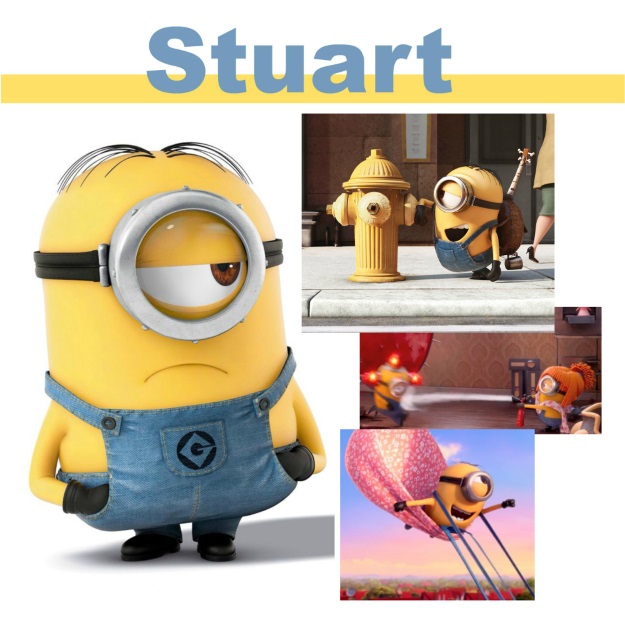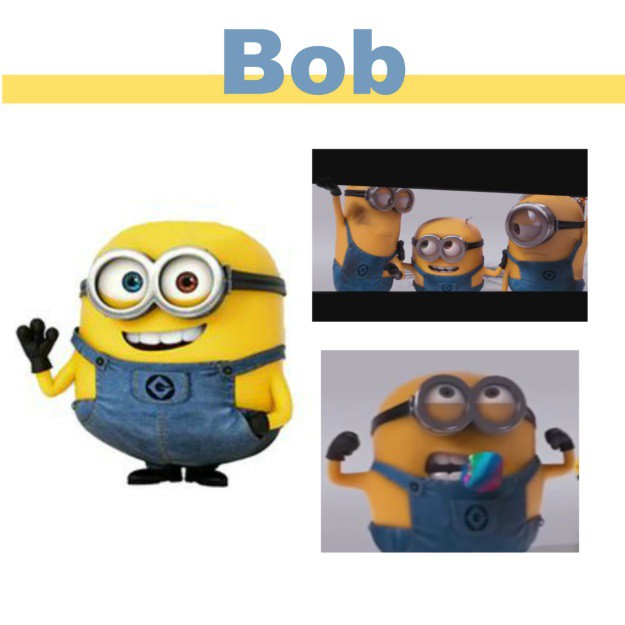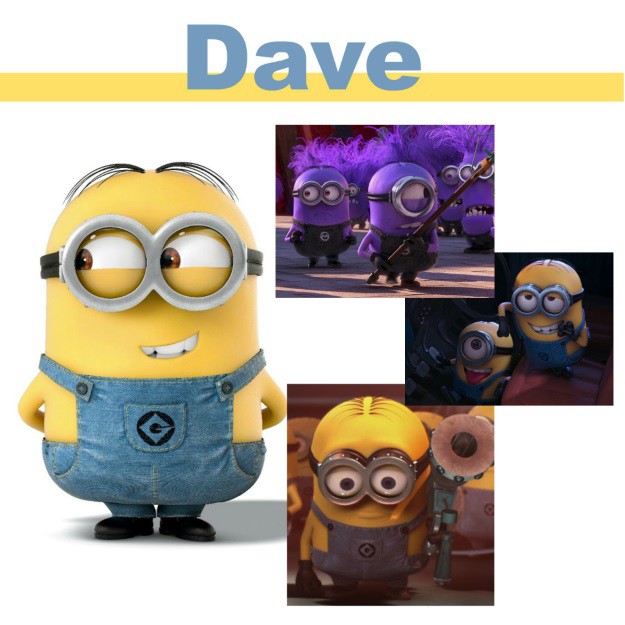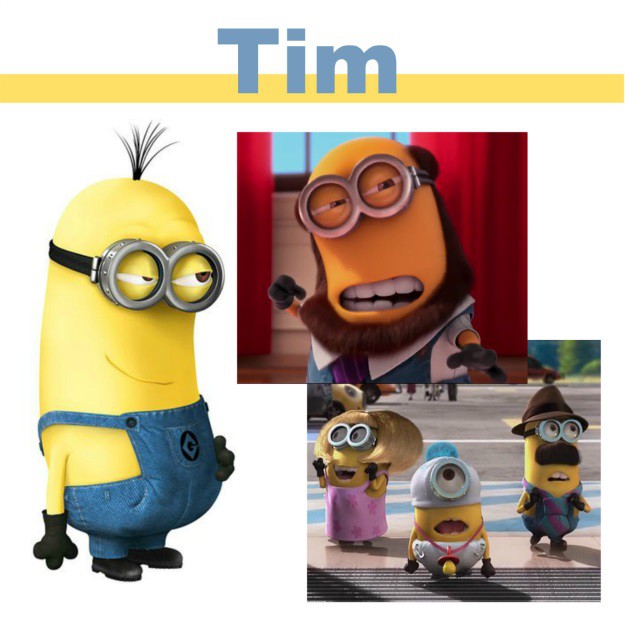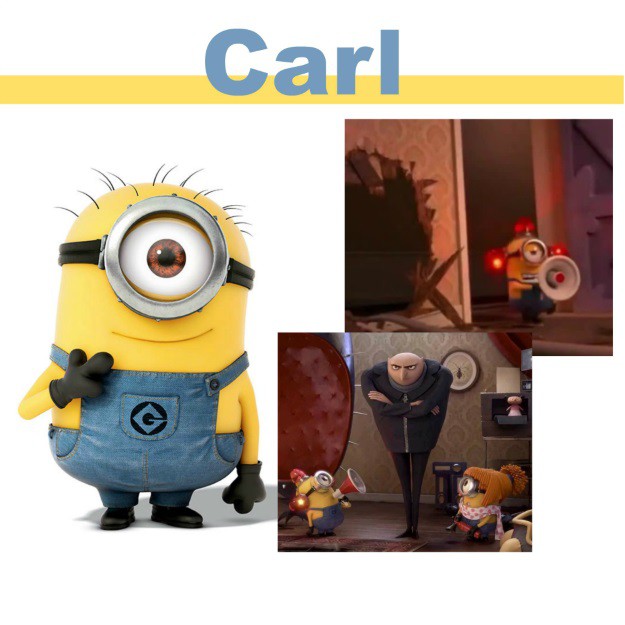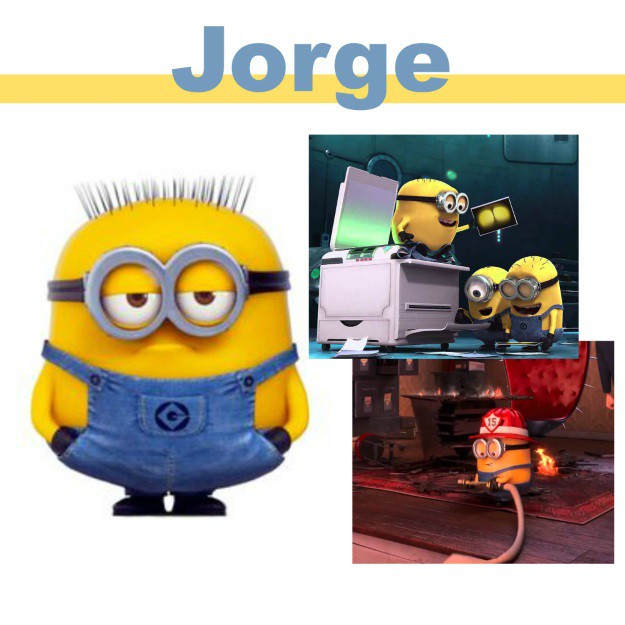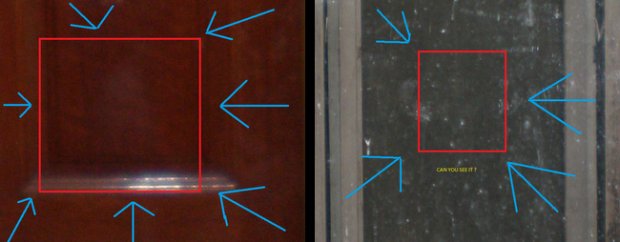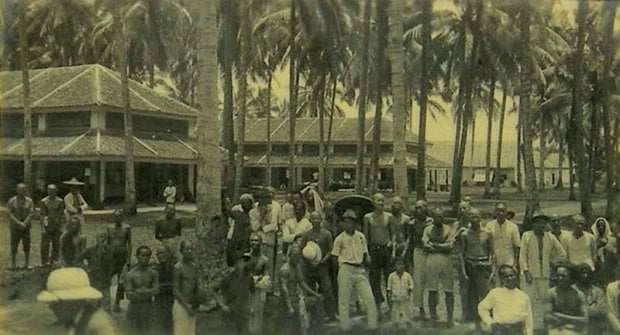" My Friends Loves This Song Much.So, This Is My Post Today ”
Trouble – it will find you
No matter where you go
Oh, oh
No matter if you're fast
No matter if you're slow
Oh, oh
The eye of the storm
Or the cry in the morn
Oh, oh
You're fine for a while
But you start to lose control
He's there in the dark
He's there in my heart
He waits in the wings
He's gotta play a part
Trouble is a friend
Yeah
Trouble is a friend of mine
Ahh
Trouble is a friend
But trouble is a foe
Oh, oh
And no matter what I feed him
He always seems to grow
Oh, oh
He sees what I see
And he knows what I know
Oh, oh
So don't forget
As you ease on down my road
He's there in the dark
He's there in my heart
He waits in the wings
He's gotta play a part
Trouble is a friend
Yeah
Trouble is a friend of mine
Oh, oh
So don't be alarmed
If he takes you by the arm
I won't let him win
But I'm a sucker for his charm
Trouble is a friend
Yeah
Trouble is a friend of mine
Ahh
How I hate the way he makes me feel
And how I try to make him leave
I try
Oh, oh, I try
But he's there in the dark
He's there in my heart
He waits in the wings
He's gotta play a part
Trouble is a friend
Yeah
Trouble is a friend of mine
Oh, oh
So don't be alarmed
If he takes you by the arm
I won't let him win
But I'm a sucker for his charm
Trouble is a friend
Yeah
Trouble is a friend of mine
Ahh
Ooh
Ahh
Ooh
Trouble – it will find you
No matter where you go
Oh, oh
No matter if you're fast
No matter if you're slow
Oh, oh
The eye of the storm
Or the cry in the morn
Oh, oh
You're fine for a while
But you start to lose control
He's there in the dark
He's there in my heart
He waits in the wings
He's gotta play a part
Trouble is a friend
Yeah
Trouble is a friend of mine
Ahh
Trouble is a friend
But trouble is a foe
Oh, oh
And no matter what I feed him
He always seems to grow
Oh, oh
He sees what I see
And he knows what I know
Oh, oh
So don't forget
As you ease on down my road
He's there in the dark
He's there in my heart
He waits in the wings
He's gotta play a part
Trouble is a friend
Yeah
Trouble is a friend of mine
Oh, oh
So don't be alarmed
If he takes you by the arm
I won't let him win
But I'm a sucker for his charm
Trouble is a friend
Yeah
Trouble is a friend of mine
Ahh
How I hate the way he makes me feel
And how I try to make him leave
I try
Oh, oh, I try
But he's there in the dark
He's there in my heart
He waits in the wings
He's gotta play a part
Trouble is a friend
Yeah
Trouble is a friend of mine
Oh, oh
So don't be alarmed
If he takes you by the arm
I won't let him win
But I'm a sucker for his charm
Trouble is a friend
Yeah
Trouble is a friend of mine
Ahh
Ooh
Ahh
Ooh
TRANSLATES TO MALAY
Masalah - ia akan mencari anda
Tidak kira di mana anda pergi
Oh, oh
Tidak kira jika anda cepat
Tidak kira jika anda berada perlahan
Oh, oh
Mata ribut
Atau menangis di pagi yang
Oh, oh
Anda halus untuk seketika
Tetapi anda mula hilang kawalan
Dia ada dalam gelap
Dia ada di dalam hati saya
Dia menunggu di sayap
Dia bermain Harus sebahagian
Masalahnya rakan
Yeah
Masalahnya kawan saya
Ahh
Masalahnya rakan
Tetapi masalah adalah musuh yang
Oh, oh
Dan tidak kira apa yang saya makan dia
Dia sentiasa menjadi bertambah
Oh, oh
Dia melihat apa yang saya lihat
Dan dia tahu apa yang saya tahu
Oh, oh
Jadi jangan lupa
Seperti yang anda mengurangkan pada hujung jalan saya
Dia ada dalam gelap
Dia ada di dalam hati saya
Dia menunggu di sayap
Dia bermain Harus sebahagian
Masalahnya rakan
Yeah
Masalahnya kawan saya
Oh, oh
Jadi jangan terkejut
Jika dia membawa anda oleh lengan
Saya tidak akan membiarkan dia menang
Tetapi saya penyedut untuk daya tarikan beliau
Masalahnya rakan
Yeah
Masalahnya kawan saya
Ahh
Bagaimana saya tidak suka cara dia membuat saya berasa
Dan bagaimana saya cuba untuk membuat dia meninggalkan
saya cuba
Oh, oh, saya cuba
Tetapi dia ada dalam gelap
Dia ada di dalam hati saya
Dia menunggu di sayap
Dia bermain Harus sebahagian
Masalahnya rakan
Yeah
Masalahnya kawan saya
Oh, oh
Jadi jangan terkejut
Jika dia membawa anda oleh lengan
Saya tidak akan membiarkan dia menang
Tetapi saya penyedut untuk daya tarikan beliau
Masalahnya rakan
Yeah
Masalahnya kawan saya
Ahh
Ooh
Ahh


